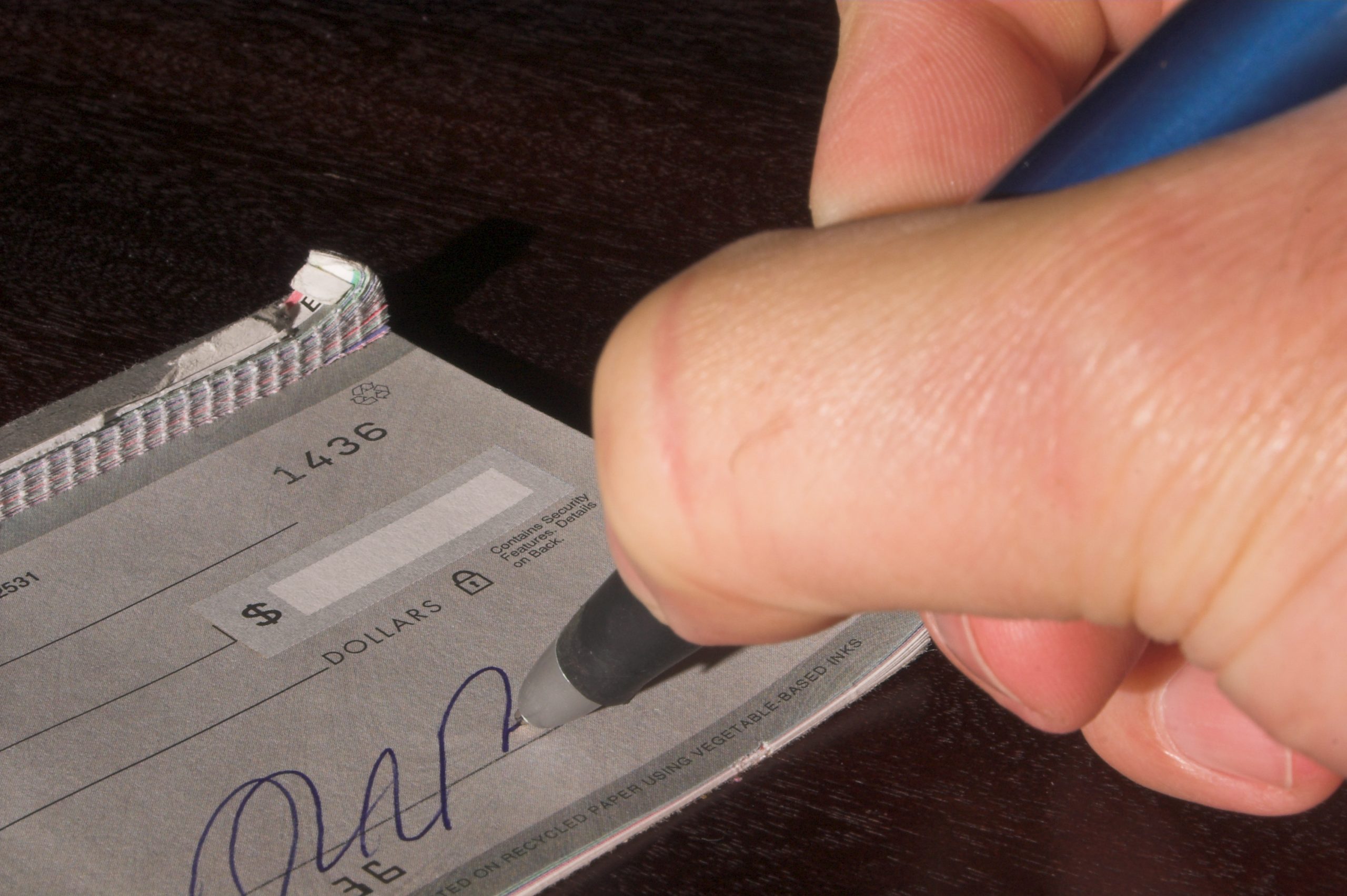5 Best Practices for Preventing Check Fraud
Data breaches that result in lost customer data make headlines regularly, leading many businesses to focus solely on threats to their electronic data when developing loss prevention strategies. What many companies miss is the very real potential for check fraud. The American Bakers Association Journal reported in 2020 that the total amount of actual and potential losses due to check fraud soared from $8.5 billion to $15.1 billion from 2016 to 2018 alone. So what can your business do to avoid becoming a statistic?
Here are some best practices that can lower the risk of check fraud occurring:
1. Leave No Room for Fraudsters
One common check fraud strategy involves adding extra digits to checks to increase the payout. Fraudsters may also place another name on the payee line after an “or,” allowing an unauthorized party to cash it. Using a larger font on printed checks to eliminate extra space can prevent these alterations.
2. Take Care of Your Unused Checks
If you receive courtesy checks when opening a new account or have extra checks on hand for an account that you closed, make sure to shred them. This will help to prevent account takeover, a type of fraud where the thief assumes control of an account using existing checks or new checks that they have printed with their own names.
3. Put Strong Internal Controls in Place
Unfortunately, not all check fraud is committed by shadowy strangers. Rogue employees may issue unauthorized checks, steal paper checks or use account information to produce fake checks. Robust loss prevention strategies can go a long way toward preventing employee theft and catching perpetrators quickly if they do act. Limit who has access to checking information, and consider requiring two signatures on checks.
4. Keep Passwords Secure and Fresh
Check fraud often starts with online data. Using phishing schemes and hacking techniques, cybercriminals steal account and routing numbers. They can then use this information to create phony checks of their own or sell the information to a would-be check fraudster on the dark web. Make it a policy that passwords be updated regularly and train your staff to spot potential phishing schemes.
5. Use a Positive Pay
Positive pay is a treasury management service that puts your company’s checking accounts on lockdown. Here’s how it works:
- Your company creates an online data file listing payees and check information through the positive pay service
- When checks are presented for payment, FLCBank references the file.
- If the check matches the information on file, the check is accepted and processed as normal.
- Checks that do not match the information provided appear on an exceptions report sent daily to your company for review.
- Using the positive pay service, you decide which exception checks get paid. Checks that you decline are rejected.
Combining Positive Pay with other loss prevention best practices can protect your company from the growing threat of check fraud. Find out more about this treasury management service by contacting FLCBank today.

